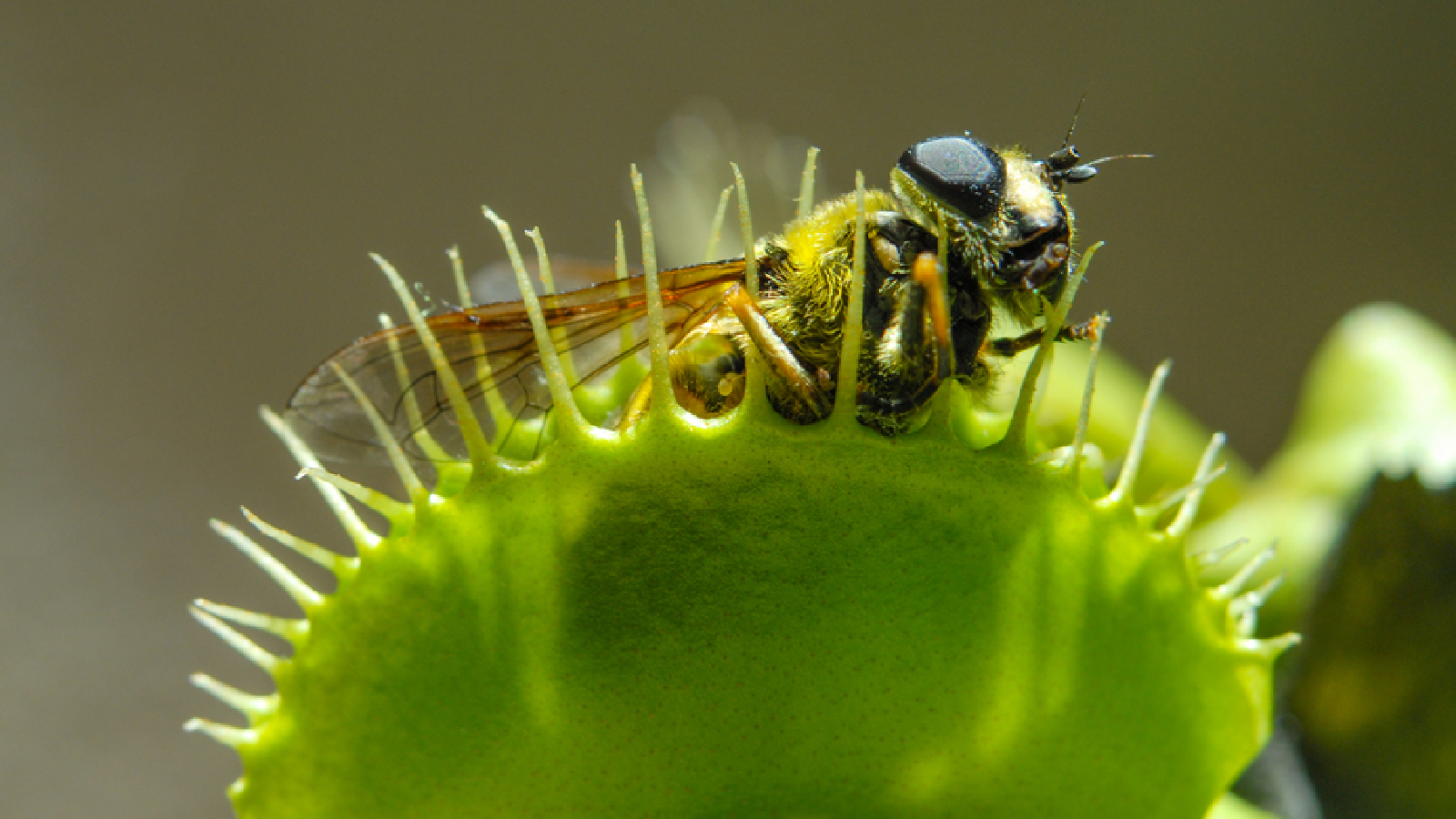More than a third of US wildlife at risk of extinction, 'grim' new report shows
A report from the conservation group NatureServe warns that 40% of animals and 34% of plants in the U.S. are "at risk" of extinction.
A new report has painted a grim picture of the future for wildlife in the U.S.: Up to 40% of animal species and 34% of plant species are at risk of going extinct in the country, and up to 41% of U.S. ecosystems are at risk of range-wide collapse, meaning they could be lost forever.
NatureServe, a conservation group focused on biodiversity in North America, released the report Feb. 6. The report ranks all U.S. species on their risk of being wiped out. The categories include secure, apparently secure, vulnerable, imperiled, critically imperiled and possibly extinct; any species in the last four groups are considered to be "at risk of extinction." The rankings are based on more than 50 years of data collected by NatureServe, using a network of more than 1,000 scientists.
"The data reported by NatureServe is grim," U.S. Rep. Don Beyer, D-Va., told Reuters. It is "a harrowing sign of the very real problems our wildlife and ecosystems are facing."
NatureServe President Sean O'Brien said the report's conclusions were "terrifying," but he hopes it will help lawmakers understand the urgency of passing new protections, Reuters reported.
Related: Which animals could go extinct by 2050?
The animals most at risk are snails, with 75% of freshwater snails and 74% of terrestrial snails at risk of extinction, followed by freshwater mussels (65% at risk), crayfish (55% at risk), shrimps (48% at risk) and bees (37% at risk). Freshwater species seem to be particularly vulnerable due to an increase in waterway pollution and damming activity, the report authors wrote.
Among the broader major animal groups, amphibians are the worst off, with 42% at risk, followed by fish (35% at risk), reptiles (22% at risk), mammals (18% at risk) and birds (12% at risk).
Get the world’s most fascinating discoveries delivered straight to your inbox.
Some of the most notable animal species listed as critically imperiled include the red wolf (Canis rufus), the recently cloned black-footed ferret (Mustela nigripes), the Mississippi gopher frog (Lithobates sevosus), the highly inbred Devils Hole pupfish (Cyprinodon diabolis), Kemp's Ridley sea turtle (Lepidochelys kempii), the North Atlantic right whale (Eubalaena glacialis) and Rice's whale (Balaenoptera ricei), which was only discovered in 2021.
Among plants, cacti are the most threatened group, with 48% at risk, followed by orchids (27% at risk), trees (20% at risk) and grasses (19% at risk). Some notable at-risk plants include the Venus flytrap (Dionaea muscipula), which is imperiled, and the maple leaf oak (Quercus acerifolia), which is critically imperiled. The scientists wrote that plants will be particularly vulnerable in the future because they do not receive the same level of conservation funding as animals do.
The most imperiled ecosystems are tropical forests, tropical grasslands and tropical cliffs, with 100% of each category being at risk of range-wide collapse, followed by tropical savannas (88% at risk), temperate grasslands and temperate forests (40% at risk).
The highest concentration of at-risk species and ecosystems are located in California and Texas, as well as parts of the Southeast.
Habitat degradation, land conversion, pollution, climate change and invasive species are the main threats to U.S. wildlife.
The report will help conservationists protect U.S. wildlife by zeroing in on where help is needed the most, researchers wrote.
"If we want to maintain the panoply of biodiversity that we currently enjoy, we need to target the places where the biodiversity is most threatened," O'Brien said. "This report allows us to do that."

Harry is a U.K.-based senior staff writer at Live Science. He studied marine biology at the University of Exeter before training to become a journalist. He covers a wide range of topics including space exploration, planetary science, space weather, climate change, animal behavior and paleontology. His recent work on the solar maximum won "best space submission" at the 2024 Aerospace Media Awards and was shortlisted in the "top scoop" category at the NCTJ Awards for Excellence in 2023. He also writes Live Science's weekly Earth from space series.





